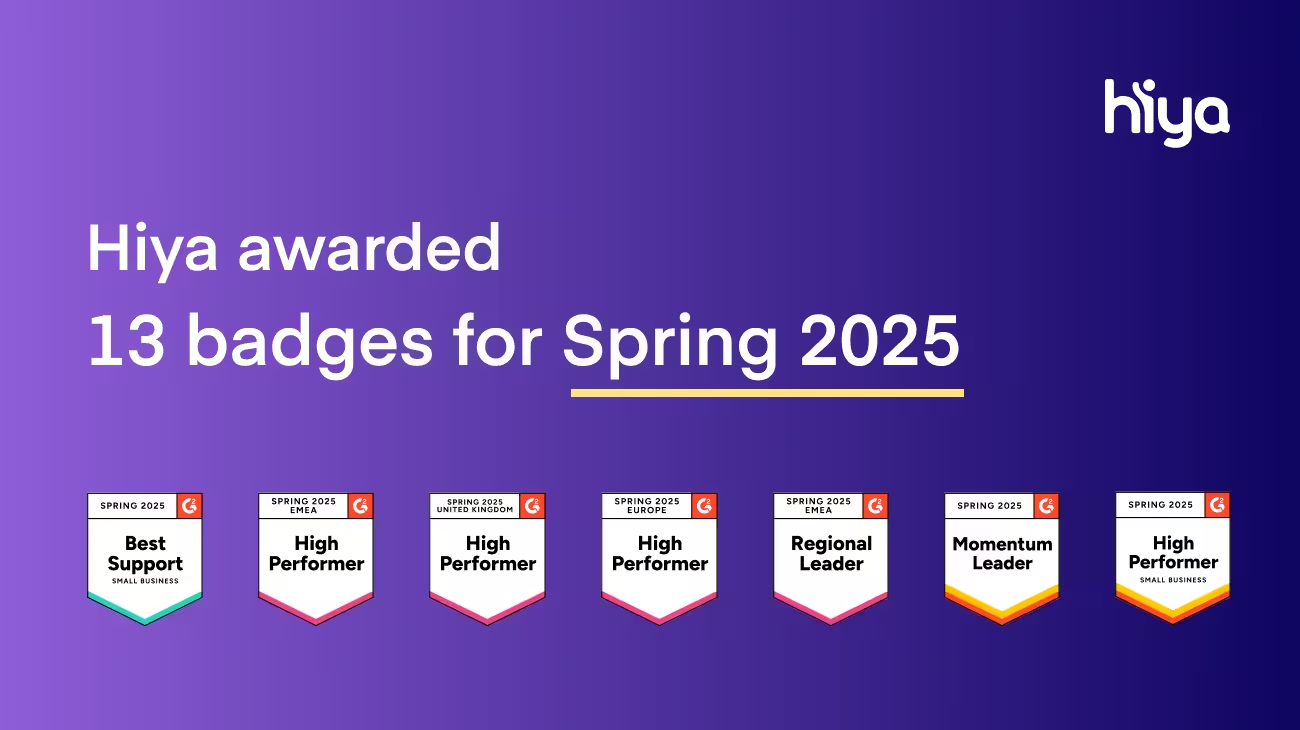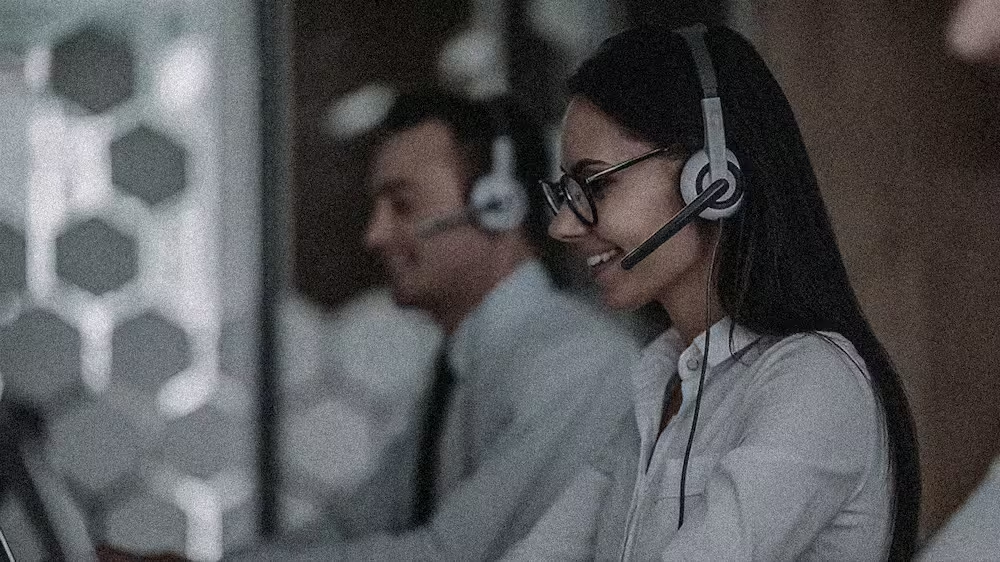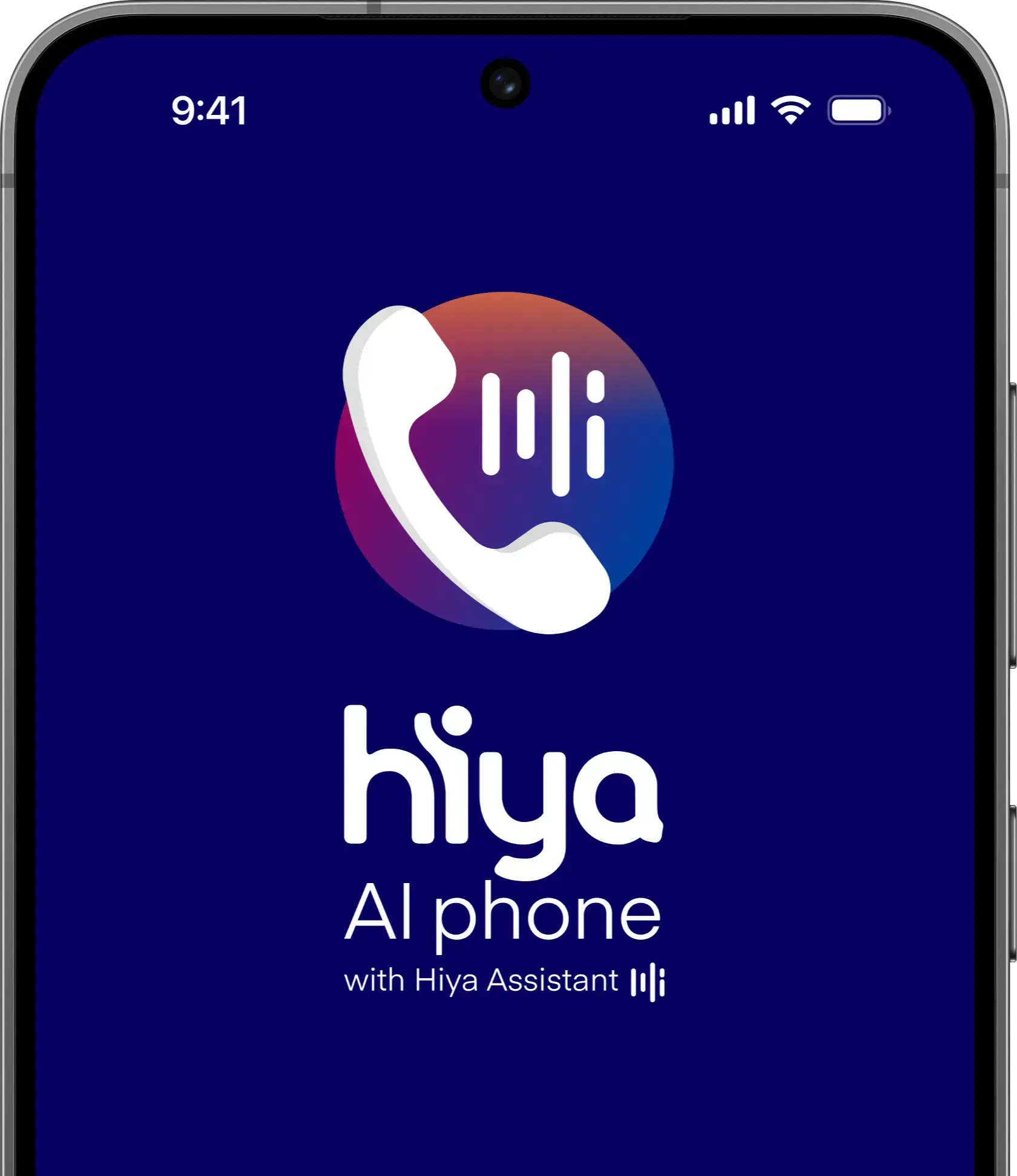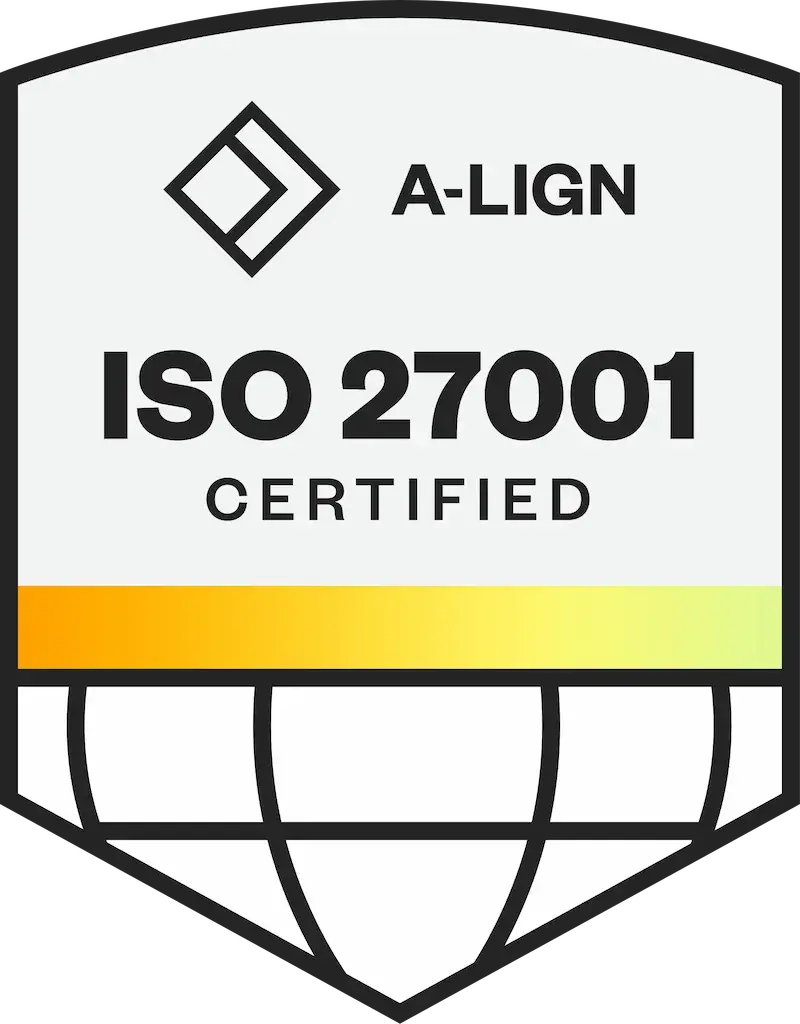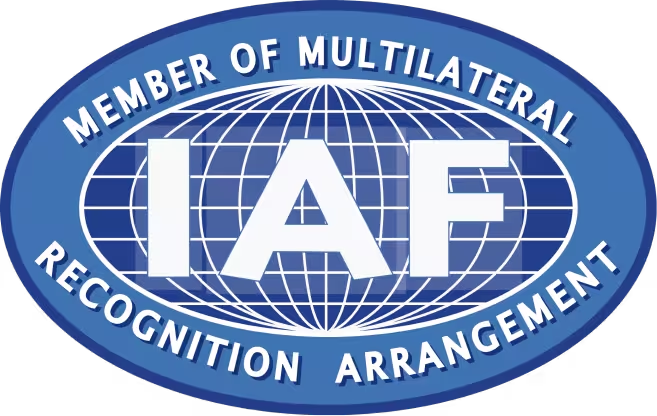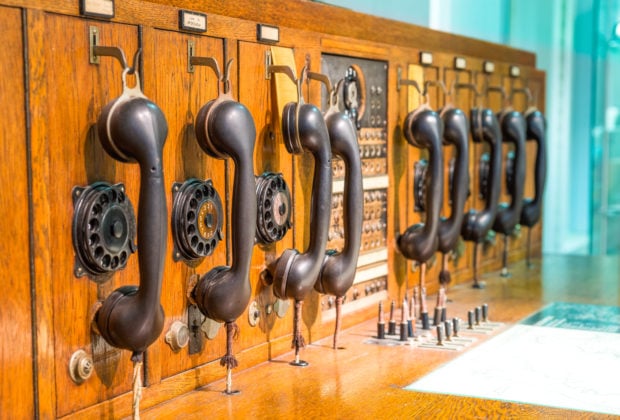
Do you ever think about what you’d do without caller ID? Would you ever answer the phone without knowing who was calling? Aside from the convenience it provides, caller ID displays have many benefits for companies that need to reach their customers. Since 94% of unidentified calls go unanswered, outbound call centers rely on the latest technology to display branded caller ID on cell phones for their customers.
Admittedly, we all take caller ID for granted these days, but in reality, people have been using different forms of “identification” throughout the ages.
Talking Drums
Thanks to messages relayed by talking drums, African tribes knew of European explorers’ arrival in a new village or area before they even arrived (much to the chagrin of the explorers, I’m sure). At the time, they learned that information could be carried by drum for up to 100 miles.
Smoke Signals
From soldiers in Ancient China to Native Americans to Australian Aborigines and even the Vatican, people have used fire and smoke signals to communicate that they have arrived in a new territory, to signal trouble or call for help, or even to signal the selection of a new Pope.
Heralds
Heralds were originally officers in medieval Europe, responsible for carrying messages between commanders of opposing armies. In the 12th century, a herald formally announced tournaments (including jousting!), and the name of each competitor. It was essential for the heralds to recognize the arms of local nobles on sight, and be familiar with each family. Just like a coat of arms, you can show your company logo with Hiya Connect’s caller ID display.
Butlers
According to Emily Post’s 1922 book of etiquette, “when a servant at a door says ‘Not at home,’ this phrase means that the lady of the house is ‘Not at home to visitors.’“ While saying “Not receiving” actually means the same thing, saying “not at home” is more polite: “Since in the former you know she is in the house but won’t see you, whereas in the latter case you have the ‘pleasant uncertainty that it is quite possible she is out’.”
Calling cards
In Victorian times, if you wanted to call a friend, your only option was to swing by their house with a calling card. Cards served a number of social purposes, with strict rules.
Generally, the bearer waited in a carriage, and had a servant deliver the calling card. It was expected that one would deliver the card to a servant and leave. The receiver of the card “returned the call” with their own card in a few days, inviting the initiator back for a visit. If the aspiring socialite received the answering card sealed in an envelope or did not receive a return card, it meant to maintain a social distance. “Oh, a sealed envelope, huh? You’re coming through loud and clear, Diane. LOUD AND CLEAR.”
Telephone operators
As telephone networks expanded, every phone call was processed through a switchboard. Switchboards were manned 24/7. The operators knew just about everything that was happening in small communities – bet the gossip around that water cooler was *quite* juicy. It was commonplace to call the operator when trying to locate someone. Every call had a certain ring. The sound and number of rings showed who the call was for, “so after a while, everyone knew who was calling who,” said a retired operator.
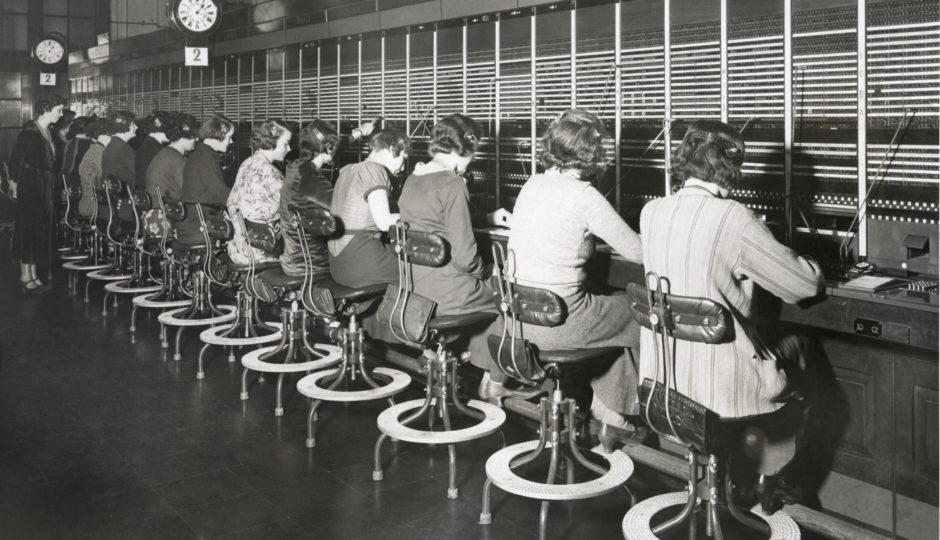
Caller ID
Work on caller ID technology started in 1968 by Theodore George Paraskevakos. In 1971, “Ted” developed a transmitter and receiver, making the very first caller ID prototype. The prototypes were a hit with the telephone companies. In fact, the telephone companies originally wanted caller ID to be a pay-for-play business, charging for each call and providing the caller ID in the form of a voice announcement. Thankfully, Mr. John Harris had a better idea and promoted the idea of caller ID on a telephone set display.
In 1976, Mr. Kazuo Hashimoto, built said prototype of the set display. Between 1984-1989, depending on your location and service provider, caller ID displays made it into your household.
Then, in 1995, we had the first technological popularity contest: call waiting. You’re on the phone and you hear a beep. You look down at your phone display and see who’s calling. Then, you have a decision to make. Is that first call more important or are you ready to ditch that first call for the new, younger call that just came over the line? Tough decisions!
Smartphone Caller ID
With the introduction of the mobile phone, caller ID fell by the wayside for a few years until Android brought it back to life. Now, platforms like the Hiya app tell your customers who’s calling with a branded caller ID display. We’ve come a long way from smoke signals, number of rings, telephone operators, etc. These days, your caller ID gives you social updates, call & text blocking and even the weather from where your caller’s located. We’re practically the Jetsons.
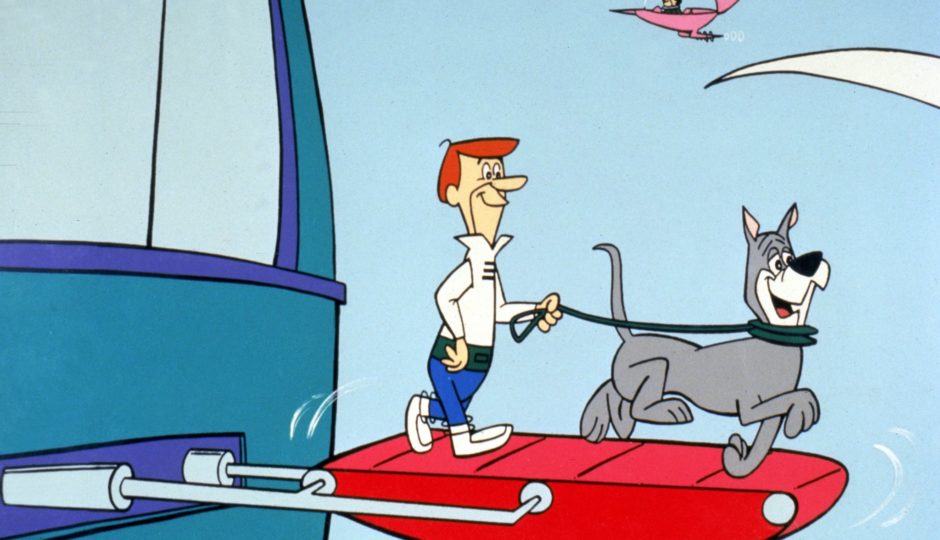
How Caller ID Works
When your contact center makes a call, you are sending your number. Then the service provider of your customer looks up the name associated with your number. However, Hiya allows you to display much more branded information than is possible with traditional caller ID displays. This is possible because of Hiya’s extensive customer reach to customers of the largest network in the world. Instead of service providers looking up your name, customers with the Hiya platform are able to see your information come through directly.
Why You Need a Caller ID Display
Customers are picking up the phone less and less. This is making it increasingly difficult to communicate necessary information. What’s worse is when a customer doesn’t receive a call they are expecting, their opinion of your brand is negatively affected. Displaying a branded caller ID with your company name, logo and reason for calling will show your customer who is calling so they’ll pick up the phone.
Now that you know how branded caller ID displays can help your contact center reach its goals, level up your entire voice performance strategy with ourBranded Caller ID Buyer's Guide.
.png?width=6667&height=3333&name=BrandedCall_BG_social%20(1).png)


